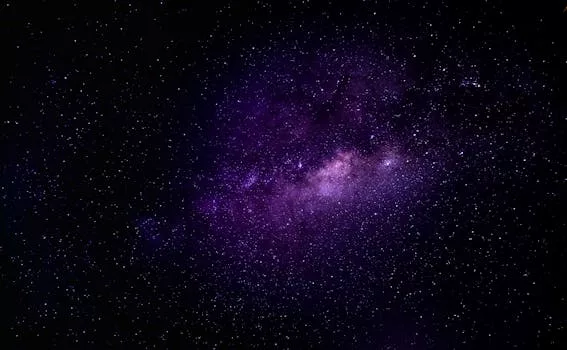
“
From Stardust to Dreams: Imagining Life Beyond the Stars
Introduction
From Stardust to Dreams: Imagining Life Beyond the Stars is a journey through the vast expanse of space and time, exploring the mysteries of the universe and the possibility of life beyond our planet. As we gaze up at the stars, we are reminded of the infinite possibilities that lie beyond our terrestrial bounds. The human imagination has long been fascinated by the prospect of life beyond Earth, and this fascination has driven us to explore, to discover, and to push the boundaries of what we thought was possible. For more on this topic, check out Galaxies of Dreams: How Imagination Transcends the Night Sky.
The Building Blocks of Life
From Stardust to Dreams: Imagining Life Beyond the Stars begins with the fundamental question: what are the building blocks of life? The answer lies in the stars themselves, for it is in the heart of stars that the elements necessary for life are forged. The process of nuclear fusion that occurs within the cores of stars is responsible for creating the heavy elements, such as carbon, nitrogen, and oxygen, that are essential for life as we know it. These elements are then dispersed throughout the galaxy, providing the raw materials for the formation of new stars, planets, and potentially, life. This concept is further explored in Charting New Realms: The Journey of Imagination Beyond the Stars.
Exploring the Galaxy
As we explore the galaxy, we find that the conditions necessary for life to arise are not unique to Earth. There are countless exoplanets, moons, and other celestial bodies that possess the necessary ingredients for life. From the scorching hot surface of Venus to the icy cold moons of Jupiter, each of these worlds presents a unique opportunity for life to emerge and thrive. The discovery of exoplanets, such as Kepler-452b, which orbits a star similar to our Sun, has sparked hope that we may one day find a planet that is capable of supporting life. For more insights on the possibilities of life, read Beyond Stars: Where Imagination Takes Flight.
Imagining Life Beyond the Stars
From Stardust to Dreams: Imagining Life Beyond the Stars is not just about the search for life beyond our planet; it is also about the human imagination and our capacity to dream of possibilities beyond our current understanding. As we push the boundaries of space exploration and discovery, we are forced to confront our own limitations and the unknown. The search for life beyond Earth is a reminder that we are not alone in the universe and that the possibility of life existing elsewhere is very real. This realization sparks our imagination, inspiring us to consider the infinite possibilities that lie beyond our current understanding.
Conclusion
In conclusion, From Stardust to Dreams: Imagining Life Beyond the Stars is a journey that takes us to the farthest reaches of the universe and back again. As we explore the galaxy and imagine life beyond the stars, we are reminded of the infinite possibilities that lie beyond our terrestrial bounds. The human imagination has long been fascinated by the prospect of life beyond Earth, and this fascination has driven us to explore, to discover, and to push the boundaries of what we thought was possible. As we continue to explore the universe, we may one day find that the dreams we have imagined become a reality.
Takeaways
- The building blocks of life are created in the hearts of stars through the process of nuclear fusion.
- The conditions necessary for life to arise are not unique to Earth and can be found on other celestial bodies.
- The discovery of exoplanets, such as Kepler-452b, has sparked hope that we may one day find a planet that is capable of supporting life.
- The search for life beyond Earth is a reminder that we are not alone in the universe and that the possibility of life existing elsewhere is very real.
- The human imagination has long been fascinated by the prospect of life beyond Earth, and this fascination has driven us to explore, to discover, and to push the boundaries of what we thought was possible.
See more:
https://www.nasa.gov/
https://www.esa.int/
https://www.space.com/




